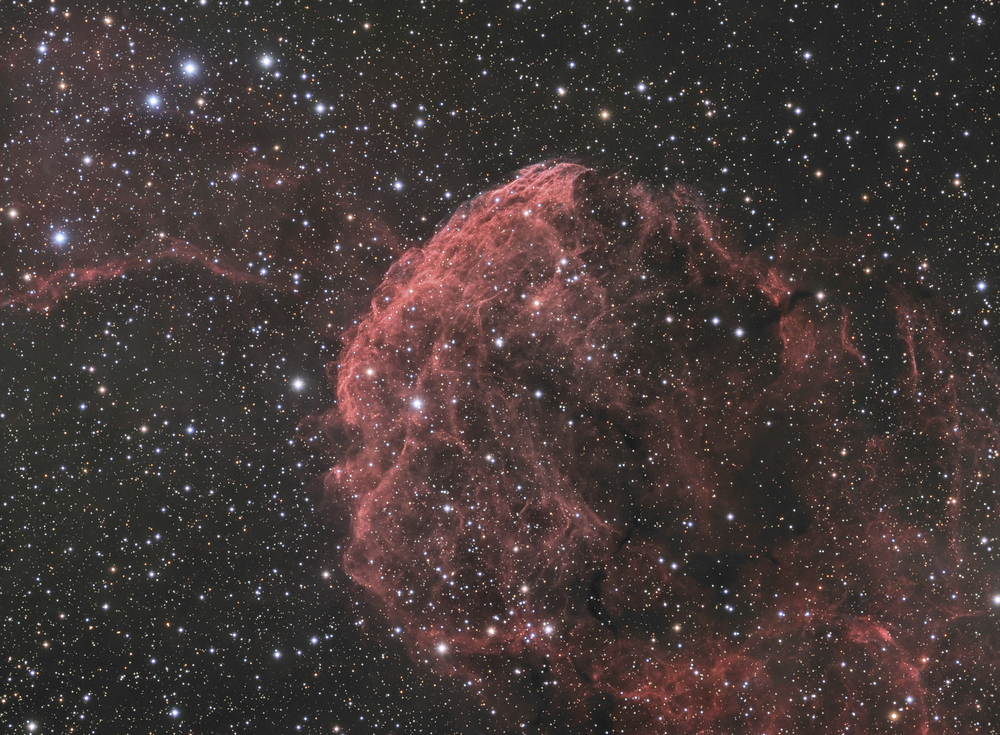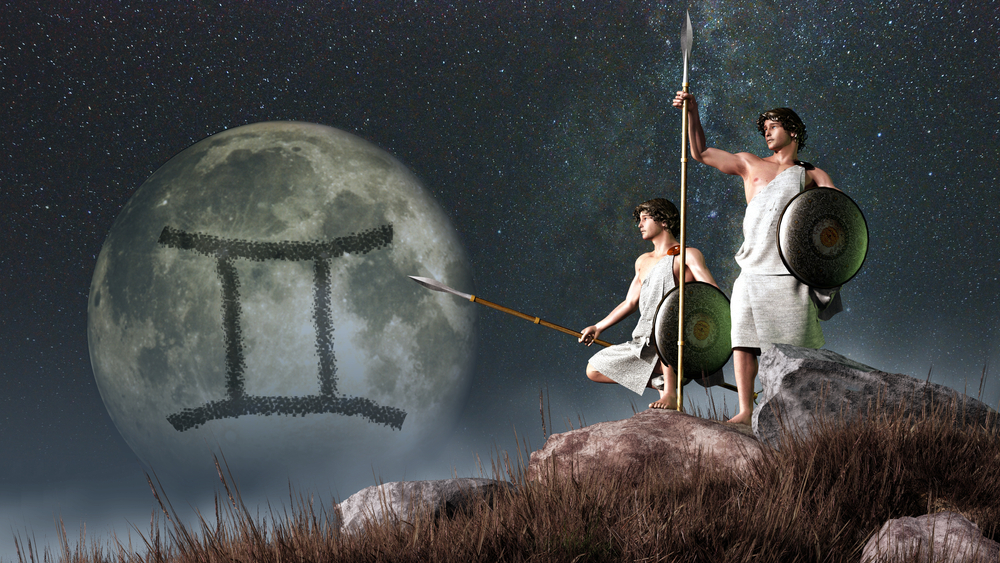The Gemini constellation is a fascinating celestial feature filled with bright stars and ancient myths. Whether you're an astronomy enthusiast or just curious about the stars, Gemini offers a rich exploration into the mysteries of the universe.
Jump To:
What is the Gemini Constellation?
The Gemini constellation is one of the 88 modern constellations recognised by the International Astronomical Union. It is most commonly associated with the twins Castor and Pollux from Greek mythology. Located in the northern celestial hemisphere, Gemini is most visible during the winter months in the UK.
Recommended for you!
Best SellersWhy is Gemini Called the Twins?
The constellation is named after these mythical twins because of their strong bond and adventures together. Despite their different parentage, Castor and Pollux were inseparable. They participated in numerous quests, including the famous expedition of the Argonauts to find the Golden Fleece.
Stars in the Gemini Constellation

The Gemini constellation is home to several notable stars, with Castor and Pollux being the most prominent.
Pollux and Castor Stars
Pollux is the brightest star in Gemini and is an orange giant located about 34 light-years away from Earth. It has a magnitude of 1.14, making it the 17th brightest star in the night sky.
Castor, on the other hand, is a bit dimmer than Pollux but is equally fascinating. It’s a multiple star system consisting of six individual stars that are gravitationally bound together. Castor is located approximately 51 light-years from Earth and has a combined magnitude of 1.58.
Other Notable Stars
Besides Pollux and Castor, the Gemini constellation includes several other interesting stars:
- Alhena (Gamma Geminorum): A bright white star, Alhena is the third brightest in Gemini and marks one of the feet of the twins.
- Mebsuta (Epsilon Geminorum): This yellow giant star is notable for being part of the twins' legs.
- Wasat (Delta Geminorum): Located near Castor, Wasat is a binary star system with historical significance in astronomy.
Gemini Viewing Tips
If you're eager to spot the Gemini constellation, these tips will help you find it with ease:
What Does Gemini Look Like in the Sky?
In the night sky, Gemini is relatively easy to spot. The constellation is made up of a pair of bright stars, Castor and Pollux, which represent the heads of the twins. These stars are positioned close to each other and form a noticeable line. The rest of the constellation stretches out to form the bodies of the twins, giving it a shape that resembles two stick figures standing side by side.
Where is Gemini Most Visible?
Gemini is best seen in the northern hemisphere, particularly during the winter months. In the UK, the constellation can be observed from December to May. During this period, it reaches its highest point in the sky around February.
How to View Gemini in the Night Sky

Finding the Gemini constellation can be a delightful experience for stargazers. Here's a simple guide to help you locate it:
- Find Orion: Start by locating the Orion constellation, which is one of the most recognisable constellations in the night sky.
- Look Up and Left: From Orion, look up and to the left to spot a pair of bright stars close to each other. These are Castor and Pollux.
- Trace the Bodies: Once you find Castor and Pollux, trace the line of stars extending downward to outline the bodies of the twins.
When is the Best Time to View Gemini?
The best time to view the Gemini constellation is during the winter months in the northern hemisphere. From December to May, the constellation is visible in the evening sky, with its peak visibility around February.
Want to put your knowledge of Astrology to the test?
Centre of Excellence has you covered.
Sample the first 2 modules of our Astrology Diploma Course for FREE!
The Myth Behind Gemini

The mythology of the Gemini constellation is rich. According to Greek mythology, Gemini represents the twins Castor and Pollux, also known as the Dioscuri. They were the sons of Leda, but had different fathers. Castor was the mortal son of Tyndareus, the king of Sparta, while Pollux was the immortal son of Zeus.
The Creature for Gemini
In astrology, Gemini is associated with the twin symbol, which represents duality, communication, and versatility. Although there isn't a specific creature for Gemini in terms of mythology, the twin symbolism is central to its identity.
What Greek God is Gemini?
Pollux, being the son of Zeus, had divine attributes. When Castor was killed in battle, Pollux was devastated and begged Zeus to let him share his immortality with his brother. Moved by Pollux's loyalty and love, Zeus placed both brothers in the sky as the constellation Gemini, allowing them to be together forever.
Recommended for you!
Best SellersWhy Does Gemini Have Two Constellations?
This question might arise due to the fact that Gemini represents two distinct characters, Castor and Pollux. However, Gemini is a single constellation that symbolises the twin brothers together. There are not two separate constellations for each twin.
Interesting Facts About the Gemini Constellation
- Meteor Shower: The Gemini constellation is associated with the Geminid meteor shower, one of the most spectacular meteor showers of the year. It peaks around mid-December and is known for its bright and numerous meteors.
- Deep-Sky Objects: Gemini contains several deep-sky objects, including the Eskimo Nebula (NGC 2392) and the open cluster M35. These objects can be observed with a telescope and provide a stunning view for amateur astronomers.
- Astronomical History: The stars Castor and Pollux have been used for navigation since ancient times. Mariners would use these stars to guide their journeys across the seas.
Study Astronomy for £29
If you’re fascinated by the stars and want to learn more about astronomy, consider enrolling in the Astronomy Diploma Course at Centre of Excellence. For a limited time, you can access this fascinating course for just £29. Explore the cosmos, learn about the constellations, and uncover the mysteries of the universe from the comfort of your home.













